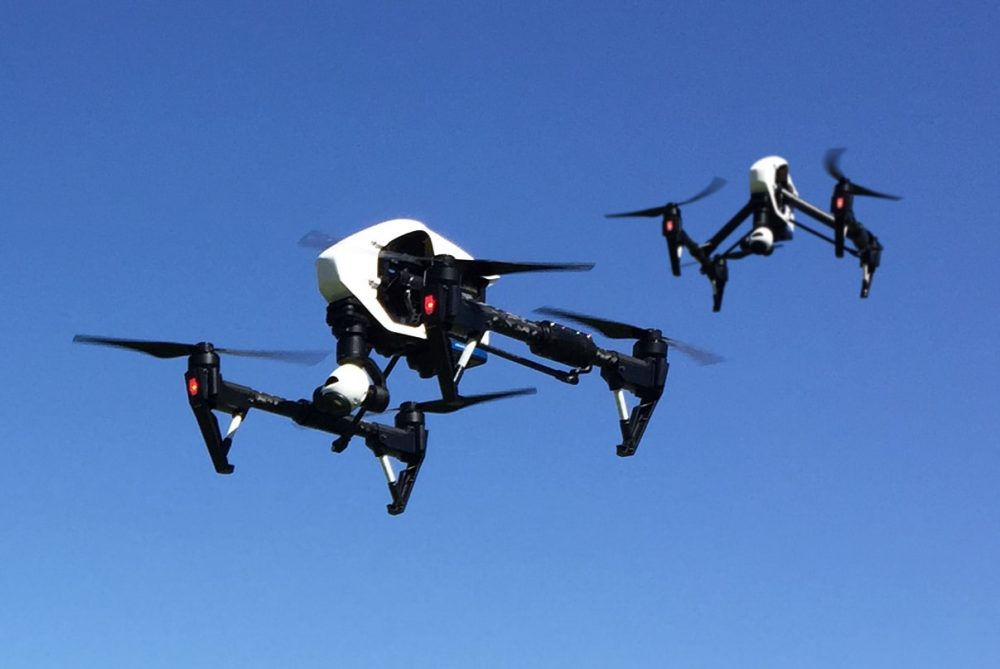Drones have revolutionized various industries, offering unprecedented capabilities in aerial photography, surveillance, agriculture, and logistics. As technology advances, the variety of drones has expanded, each type designed to meet specific needs. In this article, we’ll explore the four primary types of drones: Single-Rotor Drones, Multi-Rotor Drones, Fixed-Wing Drones, and Fixed-Wing Hybrid VTOL Drones. Understanding their unique characteristics, advantages, and applications can help you choose the right drone for your needs.
What Are Drones?
Drones, also known as unmanned aerial vehicles (UAVs), are aircraft that operate without an onboard human pilot. Instead, they are controlled remotely or autonomously using software and sensors. Drones range from small consumer models to large, sophisticated systems used in military and commercial applications. Their versatility and ability to access hard-to-reach areas make them invaluable tools across various sectors.
How Many Types of Drones?
- Single-Rotor Drones
- Multi-Rotor Drones
- Fixed-Wing Drones
- Fixed-Wing Hybrid VTOL
Single-Rotor Drones
Single-rotor drones are renowned for their robustness and resilience. Resembling traditional helicopters in both structure and design, these drones feature a single large rotor, akin to a spinning wing, supplemented by a tail rotor for precise control of direction and stability. This configuration enables them to excel in tasks requiring endurance and precision, making them favored choices for missions demanding rugged reliability and maneuverability.
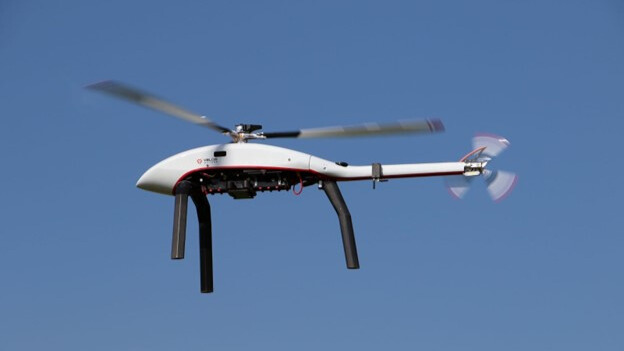
- Advantages
- Longer flight time
- Greater payload capacity
- Better efficiency in hover and forward flight
- Disadvantages
- More complex mechanics
- Higher cost
- Greater safety risks due to larger blades
- Technical Uses
- Agricultural spraying
- Aerial LIDAR surveys
- Heavy payload delivery
- Regulations and Safety Measures
- Requires pilot certification
- Strict maintenance protocols
- Adherence to local airspace regulations
Multi-Rotor Drones
Multi-Rotor Drones, also known as multirotors or multicopters, are rotorcraft equipped with more than two lift-generating rotors. These drones offer a simpler rotor mechanics system compared to traditional helicopters, as they often utilize fixed-pitch blades instead of complex variable pitch rotors.
By adjusting the relative speed of each rotor, multirotor drones can efficiently change thrust and torque, enabling precise control over vehicle motion. Commonly referred to as tricopters, quadcopters, hexacopters, and octocopters, depending on the number of rotors they possess, multi-rotor drones are widely utilized in radio control aircraft and UAV projects for their ease of construction and control.
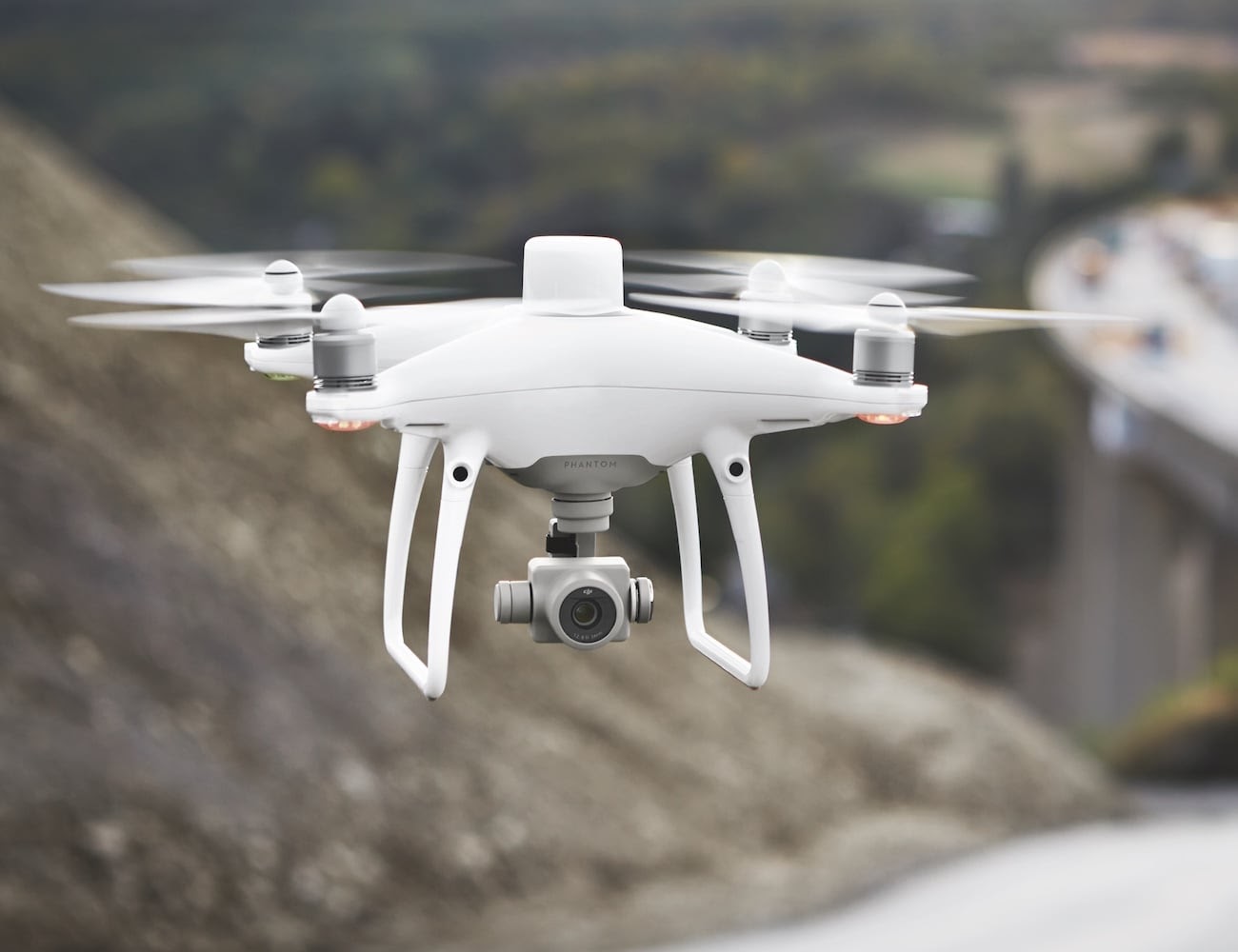
- Advantages
- Easy to operate
- High stability and control
- Suitable for vertical takeoff and landing
- Disadvantages
- Shorter flight time
- Limited payload capacity
- Higher energy consumption
- Technical Uses
- Aerial photography and videography
- Inspection and surveillance
- Mapping and surveying
- Regulations and Safety Measures
- Compliance with FAA guidelines
- Mandatory registration for certain weight categories
- Regular battery checks and replacements
Fixed-Wing Drones
Fixed-wing UAVs, characterized by their aerodynamically stable design, offer unparalleled endurance and range compared to other drone types. Capable of carrying diverse payloads and data-link equipment, they excel in applications requiring extensive coverage and long-distance missions.
However, a notable drawback is their reliance on a runway for takeoff and landing, limiting their deployment options in confined spaces. To address this challenge, UAV manufacturers are innovating with Vertical Takeoff and Landing (VTOL) technology, enabling fixed-wing aircraft to transition seamlessly from vertical to horizontal flight, expanding their versatility and operational capabilities.
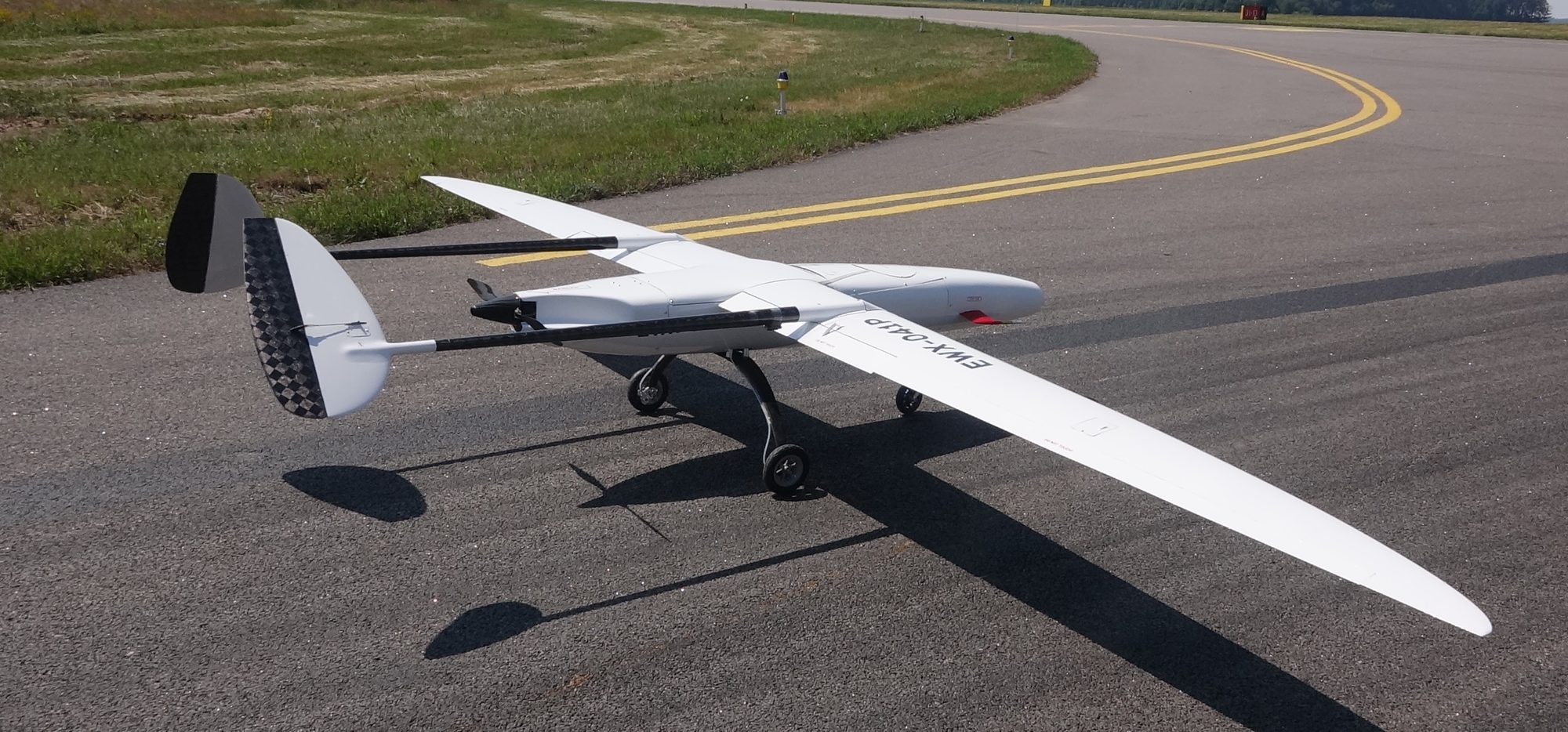
- Advantages
- Long flight endurance
- High-speed capabilities
- Efficient for large area coverage
- Disadvantages
- Requires runway or catapult launch
- More complex operation
- Limited hover capability
- Technical Uses
- Environmental monitoring
- Long-range surveillance
- Large-scale mapping
- Regulations and Safety Measures
- Pilot training and certification
- Compliance with aviation standards
- Pre-flight planning and airspace coordination
Fixed-Wing Hybrid VTOL
Fixed-Wing Hybrid VTOL” drones represent a cutting-edge fusion of fixed-wing and rotor-based designs, offering the best of both worlds. These innovative drones feature rotors integrated into their fixed wings, enabling them to hover, take off, and land vertically with ease. While still relatively rare in today’s market, the potential for this hybrid category is immense as technology continues to evolve.
One notable example is Amazon’s Prime Air delivery drone, showcasing the potential for efficient and versatile aerial logistics solutions. As advancements progress, the Fixed-Wing Hybrid VTOL drones are poised to become increasingly prevalent, revolutionizing the capabilities and applications of unmanned aerial vehicles.
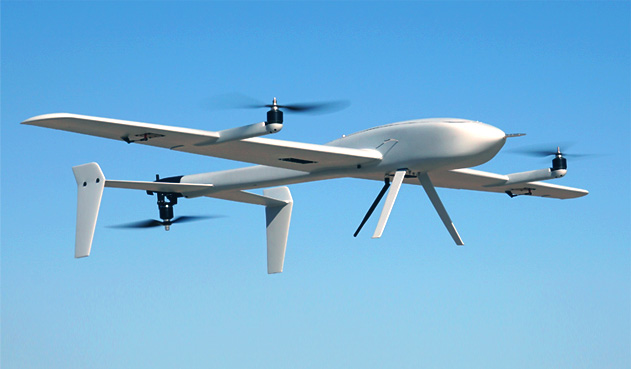
- Advantages
- Vertical takeoff and landing
- Long flight duration
- Versatile in various environments
- Disadvantages
- Complex design and mechanics
- Higher cost and maintenance
- Limited availability in the market
- Technical Uses
- Search and rescue operations
- Military reconnaissance
- Cargo transport in remote areas
- Regulations and Safety Measures
- Specialized training for operators
- Adherence to hybrid aircraft regulations
- Regular maintenance and safety inspections
Other Significant Drone Types
While the primary types of drones are the most widely used, there are several other significant types worth mentioning:
- Nano Drones: Extremely small drones used for indoor flying, research, and covert operations.
- Tethered Drones: Drones that are connected to a power source on the ground, allowing for extended flight times without battery limitations.
- Racing Drones: High-speed drones designed for competitive racing and agility courses.
- Hybrid Drones: Combine features from different drone types, offering versatility for specialized applications.
- Underwater Drones (ROVs): Remotely operated vehicles used for underwater exploration and inspection.
- Delivery Drones: Specifically designed for transporting goods and parcels.
- Solar-Powered Drones: Utilize solar energy for extended flight times, ideal for environmental monitoring.
- Toy Drones: Basic drones intended for recreational use and learning.
- Surveillance Drones: Equipped with advanced cameras and sensors for monitoring and security purposes.
- Agricultural Drones: Specialized drones used for crop monitoring, spraying, and precision farming.
Applications of Different Drone Types
Drones have diverse applications across various fields:
- Agriculture: Crop monitoring, spraying, and mapping.
- Real Estate: Aerial photography for property listings.
- Construction: Site surveying and progress tracking.
- Environmental Conservation: Wildlife monitoring and habitat mapping.
- Logistics: Package delivery in hard-to-reach areas.
- Public Safety: Search and rescue operations, disaster response.
Choosing the Right Drone
Selecting the right drone depends on your specific needs and applications. Consider the following factors:
- Purpose: Determine the primary use of the drone (e.g., photography, surveying, delivery).
- Budget: Set a budget that includes not only the drone but also accessories, maintenance, and training.
- Flight Time: Assess how long the drone needs to stay airborne for your tasks.
- Payload Capacity: Ensure the drone can carry the necessary equipment or cargo.
- Ease of Use: Consider the complexity of operation and required training.
- Regulations: Be aware of local laws and regulations regarding drone use.
Detailed Table of All Drone Types: Pros, Cons, and Price (in USA and UK currency)
| Drone Type | Pros | Cons | Price (USA) | Price (UK) |
|---|---|---|---|---|
| Single-Rotor Drones | Longer flight time, Greater payload capacity | Complex mechanics, Higher cost | $5,000 – $10,000 | £4,000 – £8,000 |
| Multi-Rotor Drones | Easy operation, High stability | Shorter flight time, Limited payload | $500 – $3,000 | £400 – £2,400 |
| Fixed-Wing Drones | Long endurance, High-speed | Requires runway, Complex operation | $10,000 – $20,000 | £8,000 – £16,000 |
| Fixed-Wing Hybrid VTOL | Vertical takeoff, Long flight duration | Complex design, Higher cost | $15,000 – $30,000 | £12,000 – £24,000 |
By understanding the different types of drones and their specific advantages, disadvantages, and applications, you can make an informed decision that best suits your needs. Whether you’re a hobbyist, a professional, or part of an industry looking to integrate drone technology, there’s a drone type that’s right for you. Always ensure compliance with regulations and invest in the necessary training to operate your drone safely and effectively.
FAQs about Drone Types
What are the main types of drones?
- Single-Rotor Drones
- Multi-Rotor Drones
- Fixed-Wing Drones
- Fixed-Wing Hybrid VTOL
What are Single-Rotor Drones best used for?
Agricultural spraying, aerial LIDAR surveys, heavy payload delivery.
How do Multi-Rotor Drones differ from Single-Rotor Drones?
Multi-Rotor Drones offer easy control and stability, ideal for photography and inspection. Single-Rotor Drones have longer flight times and greater payload capacity but are more complex.
What are the advantages of Fixed-Wing Drones?
Long flight endurance, high speed, efficient for large areas. Used for environmental monitoring, surveillance, and mapping.
What makes Fixed-Wing Hybrid VTOL Drones unique?
They combine vertical takeoff with long endurance and speed. Ideal for search and rescue, military reconnaissance, and remote cargo transport.
Are there other significant drone types besides the main ones?
Yes, including Nano Drones, Tethered Drones, Racing Drones, Hybrid Drones, Underwater Drones, Delivery Drones, Solar-Powered Drones, Toy Drones, Surveillance Drones, Agricultural Drones.
What are the common applications of drones?
Agriculture, real estate, construction, environmental conservation, logistics, public safety.
What factors should I consider when choosing a drone?
Purpose, budget, flight time, payload capacity, ease of use, regulations.
What are the typical price ranges for different types of drones?
| Drone Type | Price (USA) as of 2024 | Price (UK) as of 2024 |
|---|---|---|
| Single-Rotor Drones | $5,000 – $10,000 | £4,000 – £8,000 |
| Multi-Rotor Drones | $500 – $3,000 | £400 – £2,400 |
| Fixed-Wing Drones | $10,000 – $20,000 | £8,000 – £16,000 |
| Fixed-Wing Hybrid VTOL | $15,000 – $30,000 | £12,000 – £24,000 |
What are the regulatory requirements for operating drones?
Pilot certification, drone registration, airspace rules compliance, safety protocols. Governed by FAA in the U.S. and CAA in the U.K.
Also Visit this informative article: E-Book Biographies of the Decade

